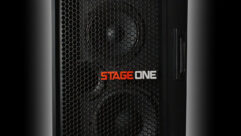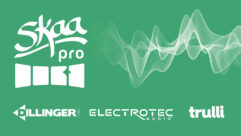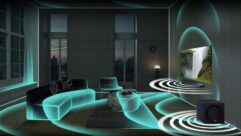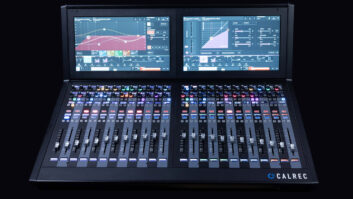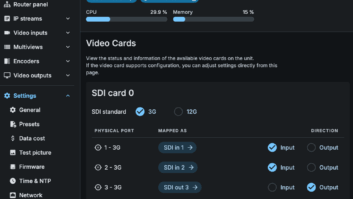Education Market Still Embracing Wireless Audio Technology
Sep 19, 2007 12:00 PM,
By Linda Seid Frembes
Whether K-12 or higher-education institutions, the education market is still embracing the use of wireless audio technology both inside and outside the classroom. Sennheiser, a manufacturer of microphone technology, RF-wireless and infrared sound transmission, and headphone transducer technology, has sold into the education market for many years. “We’ve always had products for the education market centered around core wireless technologies like radio frequency and infrared products,” says David McNutt, industry team leader for installed sound at Sennheiser. “Many of those products found their way into both K-12 and higher education.”
McNutt notes that one unique characteristic of the K-12 market segment is the use of soundfield systems. “That is more of a specific application that has to do with primary education. I don’t see much of that in higher education since they already have a fairly large multimedia system in the classroom anyway,” he says.
Sennheiser has manufactured soundfield systems for some time. According to McNutt, the company’s system is out of production now due to a ROHS issue with a contracted vendor, but a new system is coming in 2008. “I do believe that part of the market will continue to grow and expand. It is being driven by No Child Left Behind; it is coming from that mindset. People who are operating schools are pushed to look for every way to improve their student test scores,” he says. “A soundfield system allows you to actually improve and measure test scores that are different from classrooms without a soundfield system.”
However, a clear distinction should be made. “A soundfield system is more than just a pair of loudspeakers in the room to try and amplify sound. A soundfield system fills the entire room with just enough level increase [usually about 15dB] to bring every student in the room up to a front row status with the teacher, giving it the appearance of being 6ft. away from the teacher. And that is not an easy thing to do,” McNutt says. “One of the things we are doing with our new soundfield product coming out in 2008 is to put all the electronics to create that type of field with proper EQ, distribution, and amplification to meet the audiologists’ requirements who like to see those very specific detailed measured results.”
But the adoption of wireless audio technology is not new to the education market. “One of the first ways they adopted it was in their auditoriums with wireless microphones and assisted listening devices. That is where the wireless technology was adopted, and it steadily migrated around to different places,” McNutt says. “Today, you’ll find schools and districts investing in things like wireless conference systems for large meetings, so it’s all the way up to the administration level and all the way down to the student and classroom level.”
However, implementing wireless audio technology without a plan can also cause problems. “The K-12 market segment has been notoriously guilty that when they need a wireless system, they go to the local electronic store and pick up a wireless microphone or some other piece of technology,” McNutt says. “Really, there is no simple way to adopt wireless in a situation like that without trying to get knowledgeable people involved and using quality products. There aren’t any simple fixes to avoid problems like interference.”
McNutt does offer some tips on how to aid the coordination and performance of a wireless system. “Use quality products that are frequency-agile,” he says. “Another thing is the kind of rating or discussions a manufacturer might have about the ability of their products to be electromagnetic compliant, a measure of how well the device rejects RF interference. This is a growing concern for not just wireless, but anything that has an electronic circuit. My biggest suggestion is to look for a local qualified contractor. Most contractors today have access to a wide variety of brands of products with a variety of price points and feature sets.”
Overall, McNutt does see that increase in intelligent classrooms in both K-12 and higher education. These classrooms are answering the increased need for technology that makes it easier for teachers to create an educational experience for the students. Secondly, McNutt has observed that audiologists are moving into becoming acoustical-style consultants as opposed to just hearing-loss or hearing-impaired consultants. “This group, who used to be primarily in the ear, is being called on to provide advice on improving the listening environment, so they are becoming involved in soundfield systems and acoustical design,” he says. “I think we will see many more systems driven by that sector of the channel.”


